.
Oven
Amine1
Vadim V. Annenkov, Olga N. Verkhozina, Tatyana A. Shishlyannikova and Elena N. Danilovtseva. Application of 4-chloro-7-nitrobenzo-2-oxa-1,3-diazole in analysis: fluorescent dyes and unexpected reaction with tertiary amines. Analytical Biochemistry 486 (2015) 5-13, doi: 10.1016/j.ab.2015.06.025.
4-Chloro-7-nitrobenzo-2-oxa-1,3-diazole (NBD-Cl) is widely applied as a fluorescent tagging reagent in biochemistry, as a derivatization agent in analytical chemistry and as a component for design of fluorescent nanoparticles. Four new NBD-tagged polyamines containing 2-4 amine moieties were synthesized and used as an effective tool for staining of siliceous frustules of the diatom algae and spicules of the siliceous sponges, including fossilized samples. An unexpected reaction between NBD-Cl and tertiary amine groups was found giving rise to NBD-tagged amines with elimination of an alkyl group. The reaction proceeds through the Meisenheimer complex and quaternary salt which transform to the product by Hoffmann reaction (alkene elimination) or nucleophilic substitution (halogenated compounds formation). In the case of polyamines, NBD-Cl causes chain scissoring giving a set of NBD-tagged amines. The found NBD-Cl reaction with tertiary amines must be taken into account when using NBD-Cl and similar activated aromatic systems for amine derivatization in analytical and biochemistry applications. The reaction with polyamines opens way to libraries of NBD-tagged compounds.
 Scheme 1. Reaction of NBD-Cl with primary and secondary amines.
Scheme 1. Reaction of NBD-Cl with primary and secondary amines.

Scheme 2. Structure of the polyamines and synthesis of NBD-tagged polyamines.
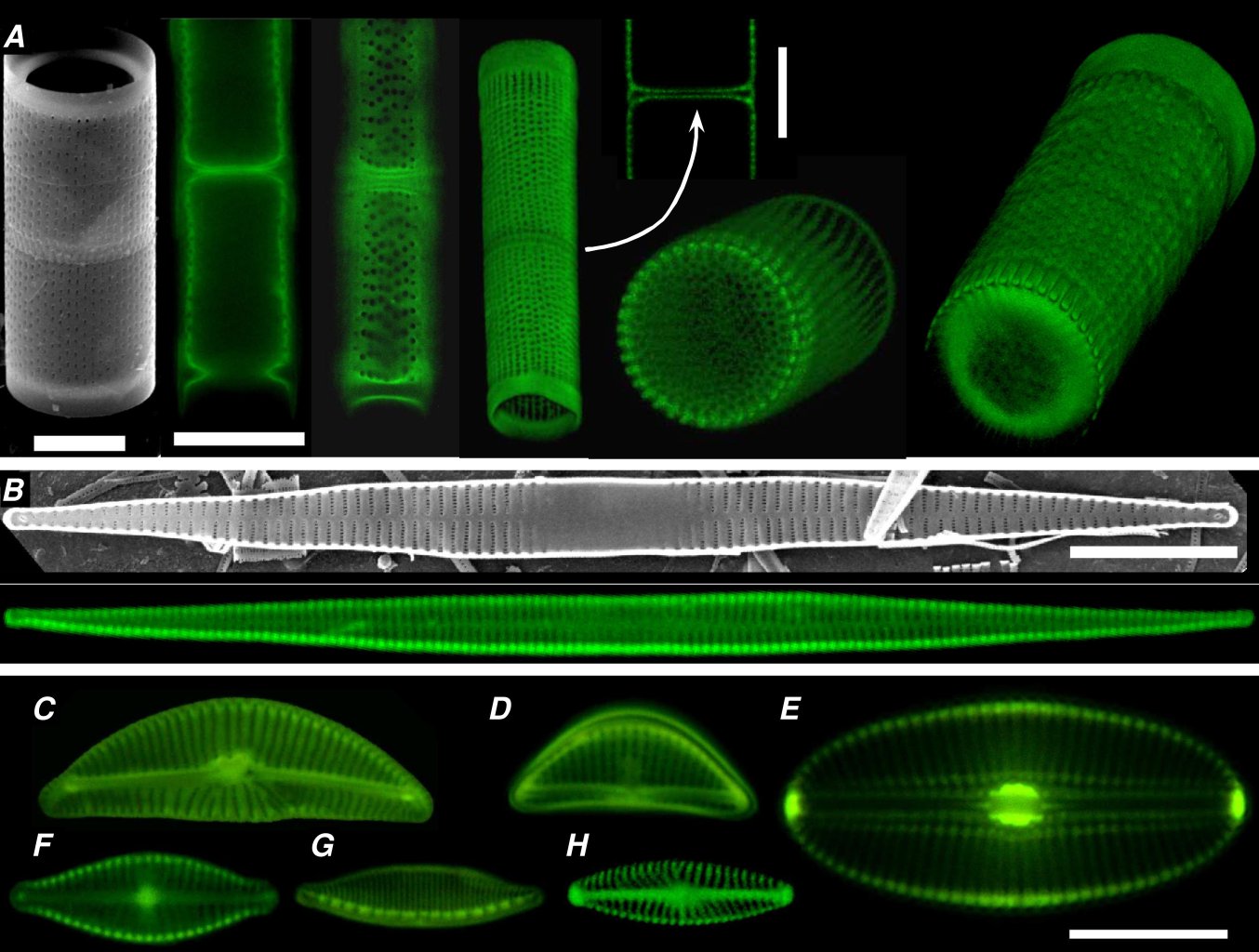 Fig. 1. SEM, fluorescent images and 3D reconstructed confocal images of siliceous valves of diatom Aulacoseira sp. (A), Synedra acus (B), Encyonema sp. (C), Amphora sp. (D), Diploneis sp. (E), Gomphonema sp. (F), Nitzschia spp. (G) and Navicula spp. (H) stained with 2f (A) and 3d (B, C-H) dyes. The scale bar represents 10 Ám. The arrow points on 2D confocal image of the two valve faces of sibling valves.
Fig. 1. SEM, fluorescent images and 3D reconstructed confocal images of siliceous valves of diatom Aulacoseira sp. (A), Synedra acus (B), Encyonema sp. (C), Amphora sp. (D), Diploneis sp. (E), Gomphonema sp. (F), Nitzschia spp. (G) and Navicula spp. (H) stained with 2f (A) and 3d (B, C-H) dyes. The scale bar represents 10 Ám. The arrow points on 2D confocal image of the two valve faces of sibling valves.
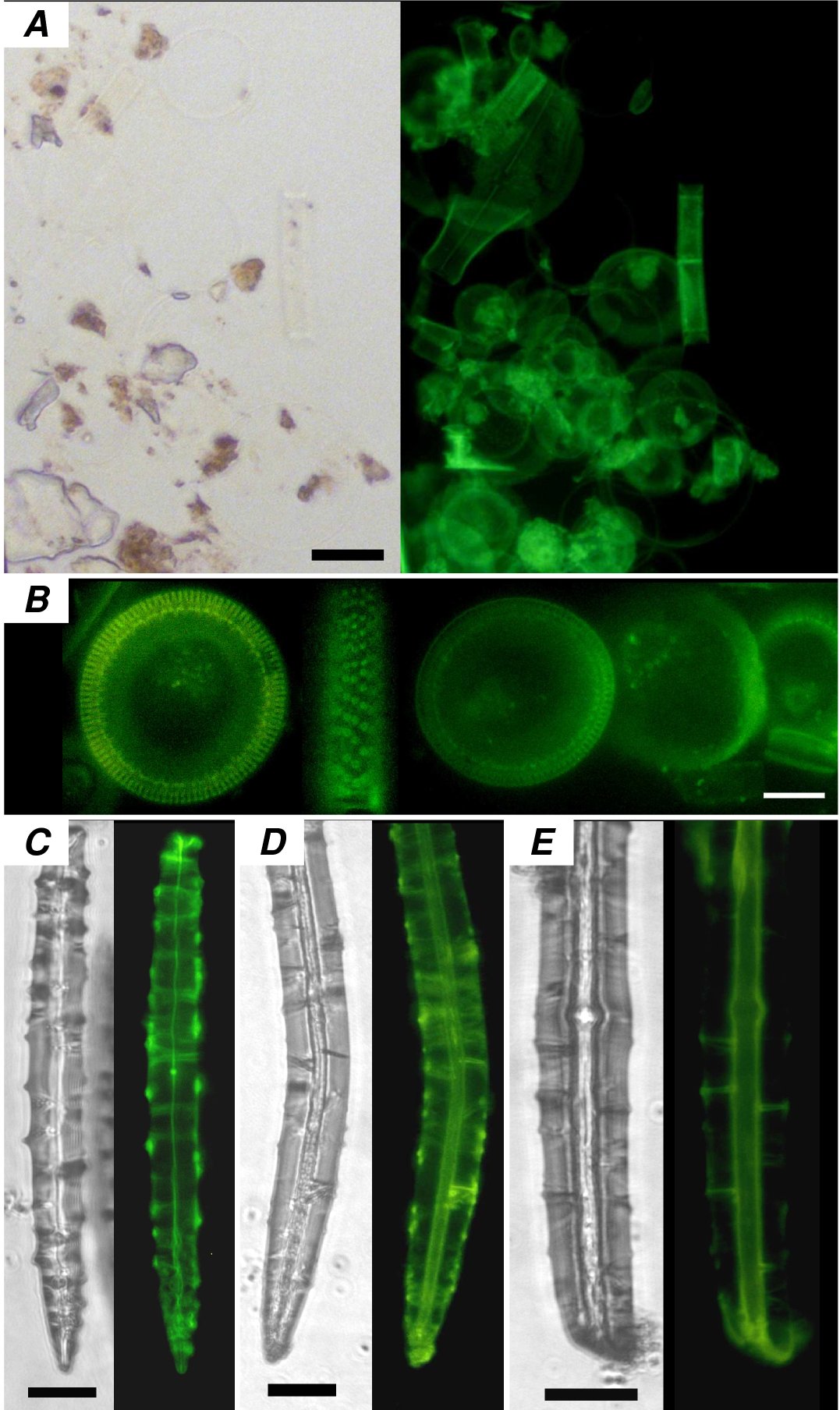 Fig. 2. Optical and fluorescent images of the Baikal sediment (A), diatom frustules from the Baikal sediments (B), spicules of the siliceous sponge L. baicalensis (C) and spicules from the Baikal sediments (D and E). The samples are stained with 2f dye. The scale bar represents 20 (A and C-E) and 10 Ám (B).
Fig. 2. Optical and fluorescent images of the Baikal sediment (A), diatom frustules from the Baikal sediments (B), spicules of the siliceous sponge L. baicalensis (C) and spicules from the Baikal sediments (D and E). The samples are stained with 2f dye. The scale bar represents 20 (A and C-E) and 10 Ám (B).
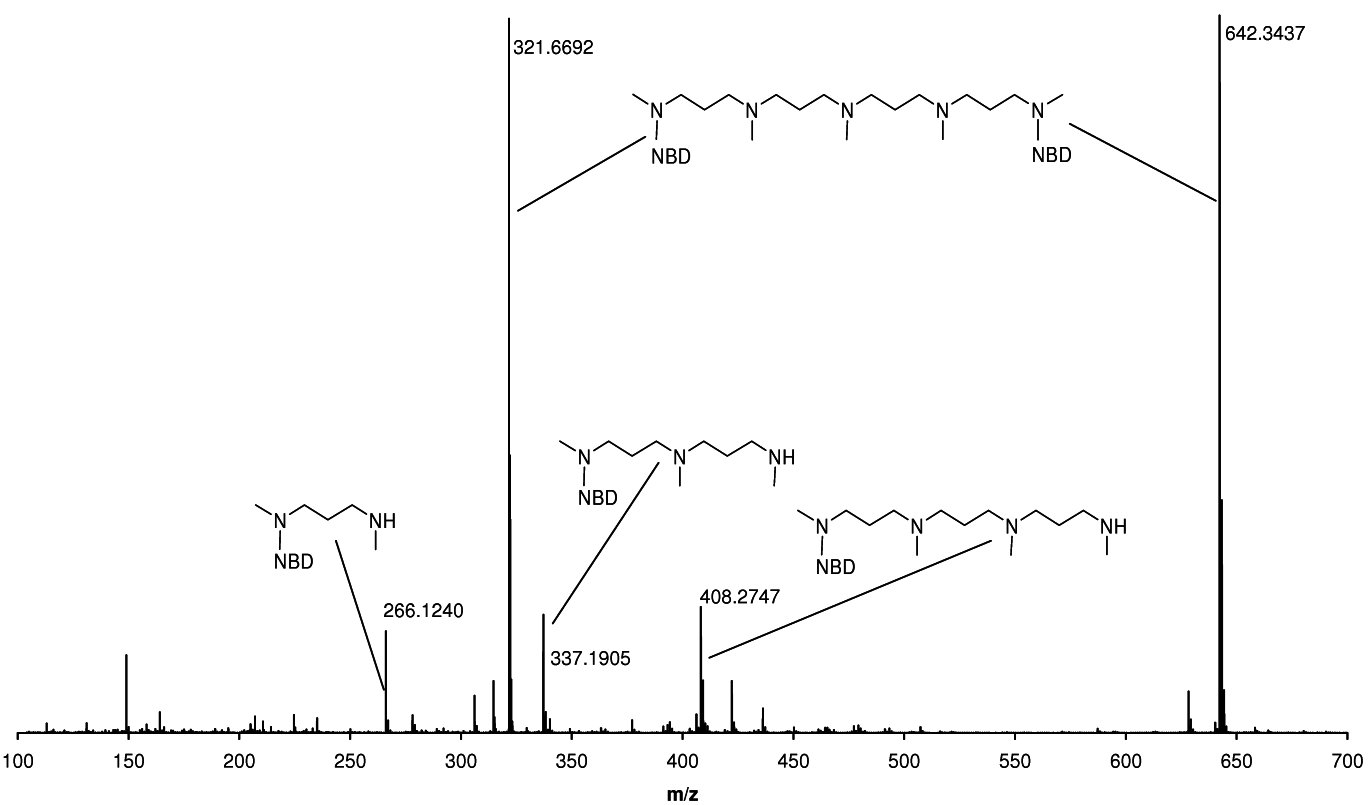 Fig. 3. Mass spectrum of the products from reaction between 1f and NBD-Cl.
Fig. 3. Mass spectrum of the products from reaction between 1f and NBD-Cl.
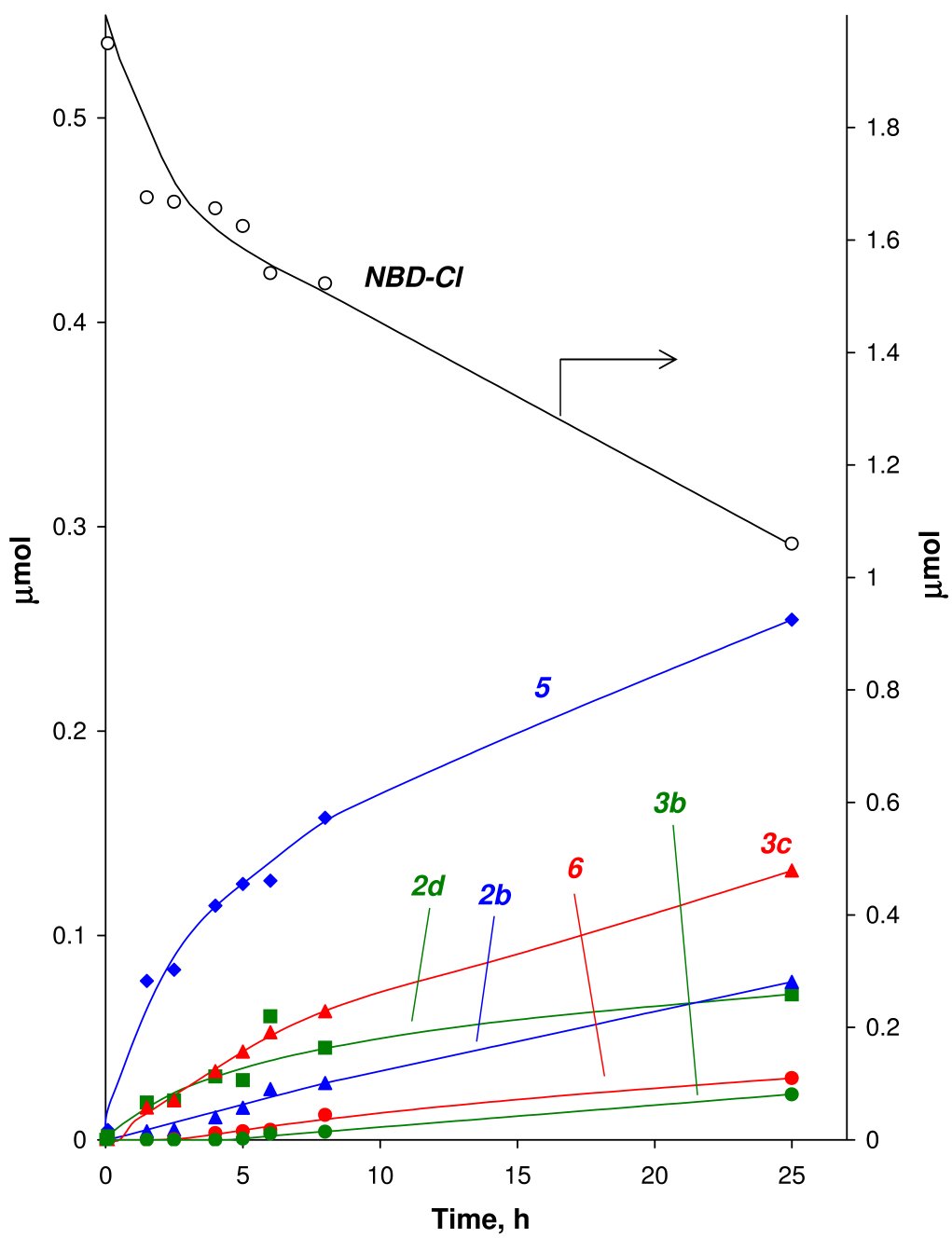 Fig. 4. Time dependence of the reaction mixture composition in 4 - NBD-Cl reaction.
Fig. 4. Time dependence of the reaction mixture composition in 4 - NBD-Cl reaction.
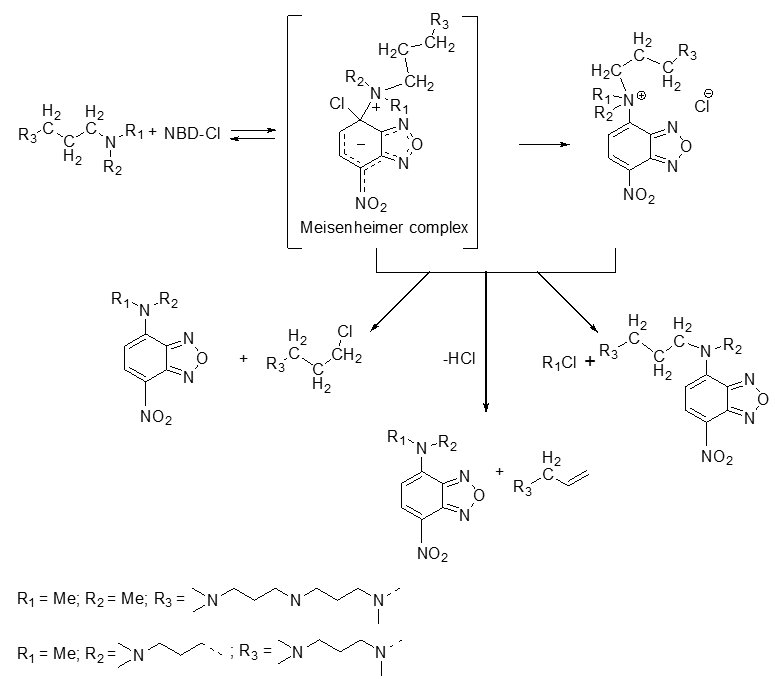 Scheme 3. Interaction of NBD-Cl with tertiary amines.
Scheme 3. Interaction of NBD-Cl with tertiary amines.











